I recently wrote this article for World Nomads for their Travel Photography Scholarship. To see the original post on their website, click here.
Amateur to Professional Photographer: Making the Leap
It takes more than just a good camera and a great eye to become a professional photographer. NatGeo Creative’s Jody MacDonald shares her tips on how to get your work to start paying off.
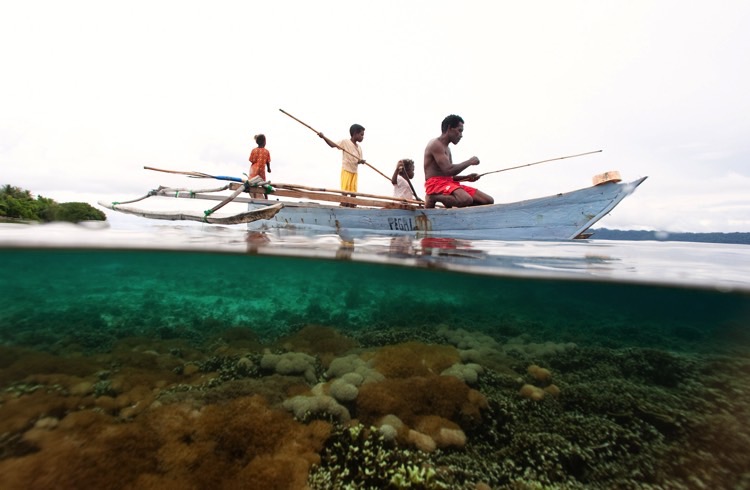
One of the hardest transitions for any artist or photographer is making the leap from being an amateur to becoming a pro. It is the number one question that amateur photographers ask me. What to do next, what are the secret tips? The bad news is there are no secrets, you have to do the hard work. Here are some tips I tell people to help them move in the right direction.
Create a Mission Statement
Creating a vision or mission statement lays the foundation for your work and, in my opinion, is critically important. When you have a mission statement, it prevents you from getting distracted on projects that lead you away from the work you really want to be doing. And, while that sounds easy to do, it is actually quite difficult when you’re learning.
When you start out, it’s natural to want to shoot everything and anything, which is a valuable part of the learning process, but sticking to what you’re passionate about can help focus your efforts towards your chosen goal. For example, if you want to be a travel photographer, don’t do weddings on the side. It’ll take away from the valuable time you should be working on your travel photography, and you’ll find you keep getting asked to shoot weddings. Before you know it, you’ll be known as a wedding photographer rather than a travel photographer.
Trying to do both well is not only incredibly difficult but sends mixed branding messages, too. Whenever I’m offered a job, I ask myself, “does this fall into my mission statement?” If it doesn’t, then I won’t do it, regardless of how hard it is to say no. Your mission statement will hone your vision and will lead to you getting hired for the work you really want to be doing.
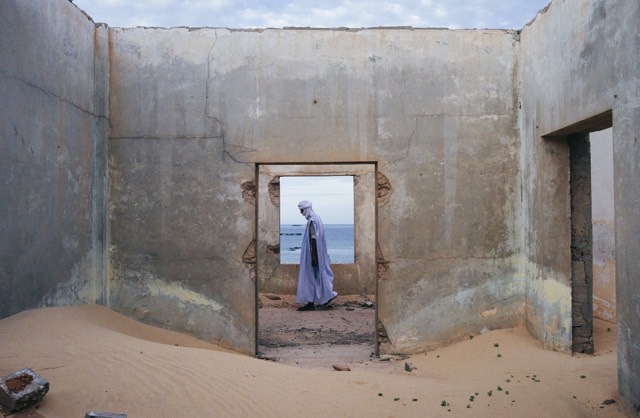
Shoot, Shoot, Shoot and Then Shoot Some More
You should be always trying to improve your craft. If you’re not pushing yourself to be better, then your photography is not going to get noticed. Keep challenging yourself to create better work. You should be your own worst critic. Whenever I look at my photographs, I’m constantly analyzing them and trying to figure out how they could be better. Famous photographer Henri Cartier-Bresson said, “your first 10,000 photographs are your worst.” Being very critical of your own work and trying to constantly improve creates a high standard for yourself and motivates you to strive to be better. You need to produce work that is worthy of being published and that takes a lot of practice.
Find a Niche and Do Work That Excites You
Yes, you might have heard it all before – but do work that you’re passionate about, whether its capturing beautiful landscapes, humanitarian work or going on wild adventures. You need to be very passionate about your photography because it’s going to provide you with the motivation to work hard to get the shots you want and to help you push through the tough times. Without the passion I have for my work, I would never do half of what it takes for me to get the images I do. I sailed around the world for a decade despite being seasick because my love for exploration and photography was more important to me than feeling sick. That passion helped me persist, year after year, through incredibly challenging times.
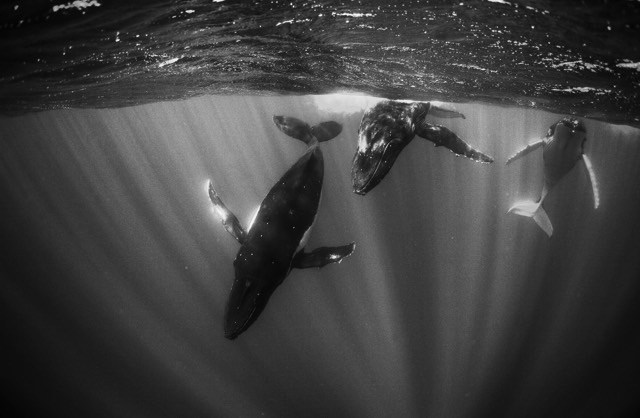
Submit Your Work
Find publications or companies that publish the kind of work that matches your own and startsubmitting to them. My recommendation is to start with smaller publications. Don’t start by submitting to National Geographic; you have to earn your way there. Your odds will be better with smaller publications and you will learn a lot in the process. I used to be a photo editor and know what it’s like to be on that end of the business. I recommend sending in only your best images, and only around 20 to 40, depending on the story. Editors receive a lot of submissions so don’t waste their time. Don’t send them a ton of images to go through, or a bunch of similar images.
The reality is, you will only have a handful of images that are your best ones – so learn how to be critical. Once you start getting published in the smaller publications, it will encourage you to keep working your way up and your work will start to be seen. The important thing is to be ok with being rejected. Get used to hearing them say no… it’s ok, it’s all part of the process. Always try to get feedback and never give up!
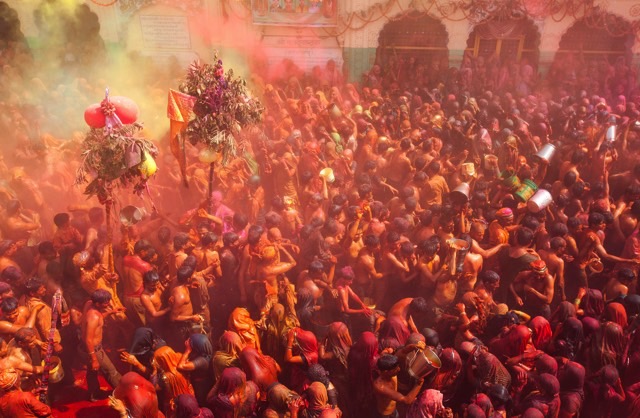
Find a Mentor
A mentorship from someone who has more experience than you is invaluable. They can keep steering you on the right course. While I never had one single mentor, I wish I had. Mentors can be difficult to find, but if you have the opportunity to meet one, through school etc, take advantage of it! World Nomads run an annual Travel Photography Scholarship which comes with mentorship from an industry professional. If you haven’t already applied for this opportunity, find out more here.
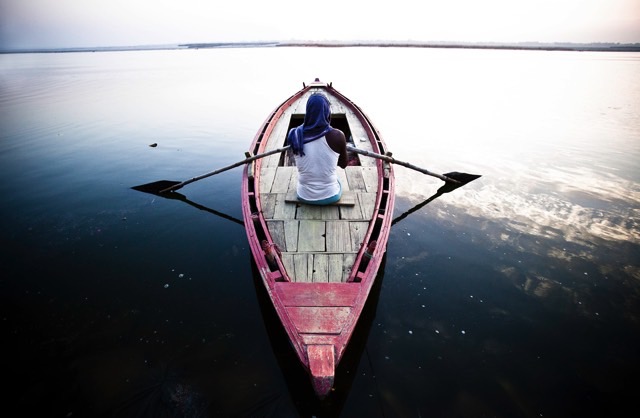
Persistence is Key
If you are passionate about your photography, then you hopefully have the dedication to keep going despite all the hardships and setbacks. The photography industry is challenging, like most creative fields, but the single most important thing is not to give up. I love photography so much that I cannot not do it. I will always find a way to keep taking photos and that’s what it takes to improve your craft and also have your work stand out. If I have to live in my car or rent a place with 10 other people in order to make ends meet so that I can keep doing photography, then I’ll do it without hesitation.
The more focus you have the better. Staying true to your vision, while continuing to practice your craft and submitting to magazines and websites, will help you transition from amateur to professional. Learn as much as you can and don’t give up. You will be surprised at what will start to happen to your photography career.


